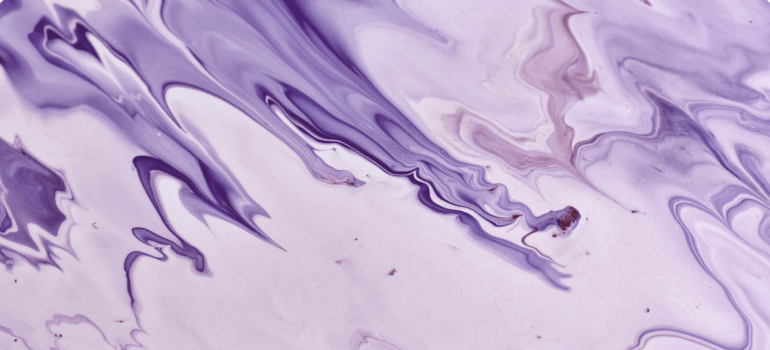Traditional Wear :
The women wear a long skirt that is called Ghagri along with a choli and orni. The bridal dress of the local people here are lehenga, ghaghra and choli and also ghagra pichora or Rangwali desig pure silver and gold. Mostly the Men prefer wearing Kurta as the upper garment and Pajamas or Lungi / Dhoti which is the lower garment. They have to travel long distances on foot and therefore it is very much important for them to wear clothes that are comfortable. The men here love wearing a head gear or a turban and this is also a part of their traditional costume. This is a place that is known for the variety of tribes staying here. Some of the most well-known tribal communities here include the Bhotia, Jaunsari etc.The tribal communities are very particular about their roots. They respect the other fellow paharis and through their traditional clothing, they try to keep the culture of their ancestors alive.People of Jaunsari community wear very colorful jewelleries and also clothes and this provides them with a sense of uniqueness.The men belonging to this community also wear bold jewelleries that include necklaces and also kadas. They also wear Digwa, which is a woolen cap. The people of Bhotiya tribe make coats, shirts, waist coats, skirts etc. out of woolen yarn. The women here wear rings that are quite large.Apart from this they also wear jewelleries that are made of silver and gold. The men wear a trouser and they wear a loose gown on top. They also tie a patta round their waist which is again woolen. They also wear a cap..
किसी राष्ट्र की संस्कृति और वहां की लोक संस्कृति में मूलभत अंतर होता है। राष्ट्र की संस्कृति वहां निवास करने वाली जाति की आध्यात्मिक, धार्मिक, साहित्यक और बौद्धिक साधना का फल होती है। वहीं लोक संस्कृति किसी भी क्षेत्र विशेष की अन्त: सलिला की भांति होती है, जो उस क्षेत्र के जन-जीवन को रसासिक्त एवं विशिष्ट बना देती है। लोक-संस्कृति पर सभ्यता का आवरण नहीं चढ़ा होता। उसका सहज, सरल और अकृत्रिम रूप-माधुर्य अपना सम्मोहनकारी प्रभाव लोक हृदय पर छोड़ता है।

Traditional Dance :
Chholiya (or Chhaliya) is a dance form practiced in Pithoragarh. It is basically a sword dance accompanying a marriage procession as it provides protection from evil spirits and demons it was a common belief that demons followed a marriage precession/barat to bewitch the newly married and performance of chhaliya could prevent this people wear same colourful costume (white churidar payajama, the taanka on their heads and the chola) and dance with swords in their hands performing different types of stunts but now it is performed on many auspicious occasion. The turi , nagphani and ransing ,dhol , damau , Masakbeen , nausuriya, muruli , jyonya are the traditional instruments used during the occasion. There are 22 men in a full team of Chholiya dancers 8 of them are the sword dancers and the rest 14 are musicians. Bisu nritya; saraanv; chholiya baja;veerangna etc are some popular forms performed.

Jhora Chachari :
Many dance forms of uttarakhand are famous in different places one of them is jhora chachari which is very popular from the time of king dynasty many folk dances are famous by the name Chachari and in the Kumaon region of Uttarakhand and in the areas bordering Nepal, it is popular as Kumaoni Chachari. The jhora chachari is performed under the moonlight in the month of maagh. This is a erotic dance form of men and women. People perfrom in circle as a group, they sing and dance with hands in shoulders and similar footsteps . Both men and women make a group of their own and enjoy their own performance with lots of excitement.

Traditional Folk Art Aipan :
The Aipan is a popular art form. Walls, papers and pieces of cloth are decorated by the drawing of various geometric and other figures belonging to gods, goddesses. Aipan is a ritualistic folk art.It is drawn to commemorate auspicious occasions and festivals. The art form is also known to offer protection against evil. Aipan is a traditional folk art specifically made by womens. Aipan painting has its unique identity which is always done on the empty walls and on the ground which is a symbol of fortune and fertility. Mostly just two colours, red and white, are used to make religious motifs, repetitive geometric patterns and nature-inspired elements, which seemed to have a distinctive local flavour. Aipan is taken from the word Lepana from Sanskrit, which means plaster. Aipan is deeply linked to the religious sacraments of the Kumaon region, which is one of the two divisions of Uttarakhand, the other being Gharwal.

Aipan &Rangoli :
Traditionally, Rangoli is a colourful art of decoration drawn on the floor or the entrances of homes. It is thought to bring good luck, prosperity on the house and in the family, and to welcome guests. on a special festive occasion like Diwali, Onam, and Pongal rangoli is drawn. Rangoli are usually made during Diwali or Tihar, Onam, Pongal, Sankranthi and other Hindu festivals The rangoli represents the happiness, positivity and liveliness of a household, and is intended to welcome Lakshmi, the goddess of wealth and good luck. Rangoli is drawn with so many colours, this make rangoli very attractive and full of energy. Most commonly used colours are -Green, Yellow, Dark Violet,Pink, Peacock Color, Sky Blue, Luminant Green, Violet, Brown, Light Green, Red, Orange, Mango Yellow, Dark Green, Dark Pink etc.

Exquisite Handicrafts and Artwork :
Pithoragarh is a treasure trove of exquisite handicrafts and artwork. Skilled artisans showcase their craftsmanship through intricate wood carvings, hand-woven rugs, and traditional paintings. Bamboo crafts, with their unique blend of aesthetics and functionality, are also prevalent. The region's association with "pashmina" and "angora" wool leads to the creation of finely crafted shawls, sweaters, and blankets. Taking home a piece of Pithoragarh's artwork is like carrying a part of its cultural legacy.

Pithoragarh, with its enchanting culture and art, offers a mesmerizing journey into the heart of Kumaoni traditions. From the vibrant festivals that color the town to the graceful folk dances and melodious music that stir the soul, every aspect of Pithoragarh's culture leaves a lasting impression. The traditional attire, gastronomic delights, exquisite handicrafts, and spiritual pursuits add layers of richness to the cultural tapestry. Through warm hospitality and a commitment to preserving its heritage, Pithoragarh invites travelers to immerse themselves in its vibrant cultural legacy and experience the beauty of Kumaon.

